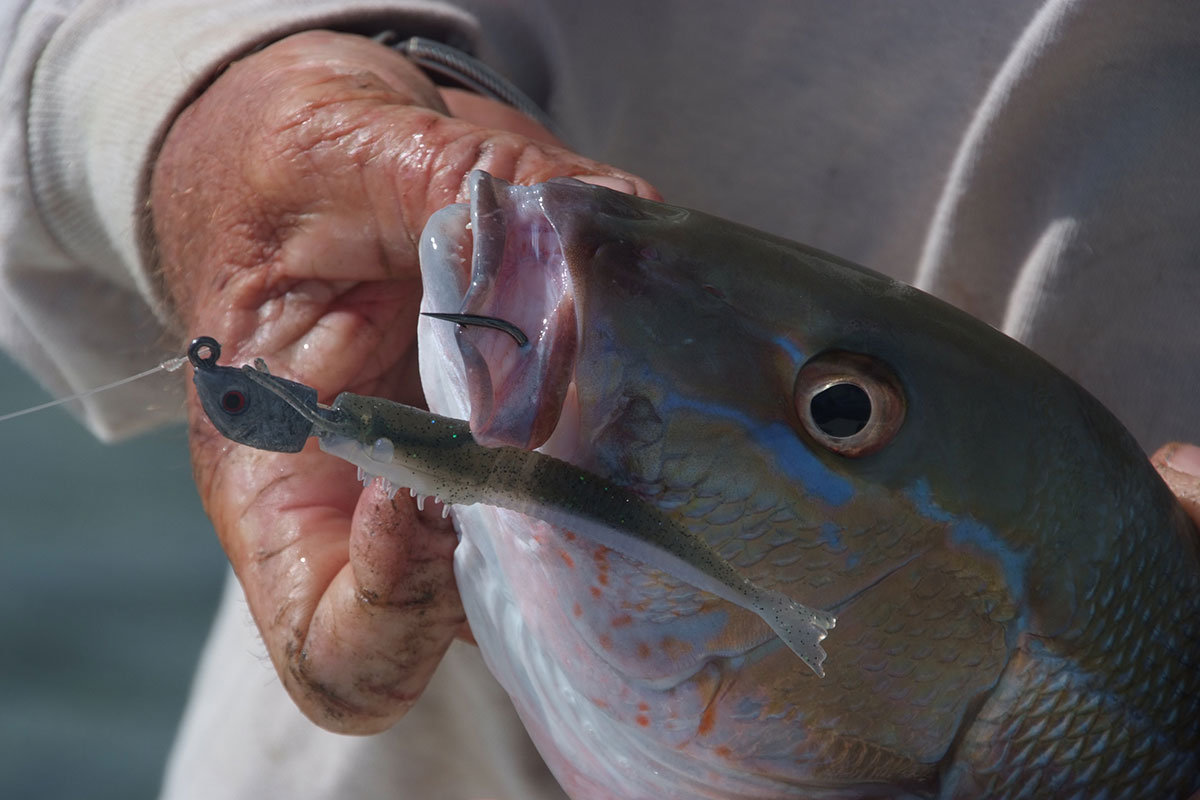
When it comes to pitching, one of the most popular questions that is often asked is how to throw a slider properly.
There are two fundamental components to every pitch, and as with every pitch, when learning how to throw a slider, you must first understand the proper grip, and then understand the proper release.
Most commonly, a slider is gripped with the index finger and middle finger touching and the middle finger pressed against the seams of the baseball at one of the two, large cupped ends. Your ring finger and pinky should be off to the side and not making any contact with the baseball. Even though your index finger is making contact with the baseball, there should be noticeably more pressure placed on the ball by your middle finger and your thumb.
The slider is considered a velocity pitch, and is thrown using your fast ball arm speed. For purposes of demonstrating the proper release point, I would point to two different positions. The first is a palm down hand position, which is the traditional release point for a fastball. The second is often referred to as a karate chop position, and is the traditional release point for a curveball.
When teaching someone how to throw a slider, I like to describe the proper release point as being the midpoint of the palm down fastball release point and the full karate chop release point of a traditional curveball. With the natural outside-in action that this arm angle produces, The middle finger applying pressure on the seam produces a cutting rotation through the center of the ball which is exactly consistent with the angle of the forearm, wrist, and hand. The easiest mistake to make on this pitch is not staying on top of the ball all the way through release, or said another way, coming back to palm down position before release, eliminating the effect created by the angle of the forearm, wrist, and hand.
A slider , when thrown properly by a right-handed pitcher, will cut away from a right handed batter and cut in on a left-handed batter. The opposite effect is true for a left-handed pitcher throwing a slider. A good rule of thumb for the average expected movement of a good slider is six inches across and six inches down. When teaching someone how to throw a slider, the best pitching coaches will ordinarily recommend that the slider be anywhere from 9-12 miles per hour slower than one's best fastball.
One final caution and it relates to youth pitchers. A slider is probably one of the most wearing pitches on anyones arm and should not even be introduced until age 13 at the very earliest. Coaches will routinely be asked by players younger than this how to throw a slider, and they should all be clear about its long-term risks and discourage its use.
Florida Fishing Report - November 29

What's Your Favorite Kind Of Bait To Catch?

How Different Sizes of Kodiak Tents Can Make Your Companing Better

Copyright © www.mycheapnfljerseys.com Outdoor sports All Rights Reserved